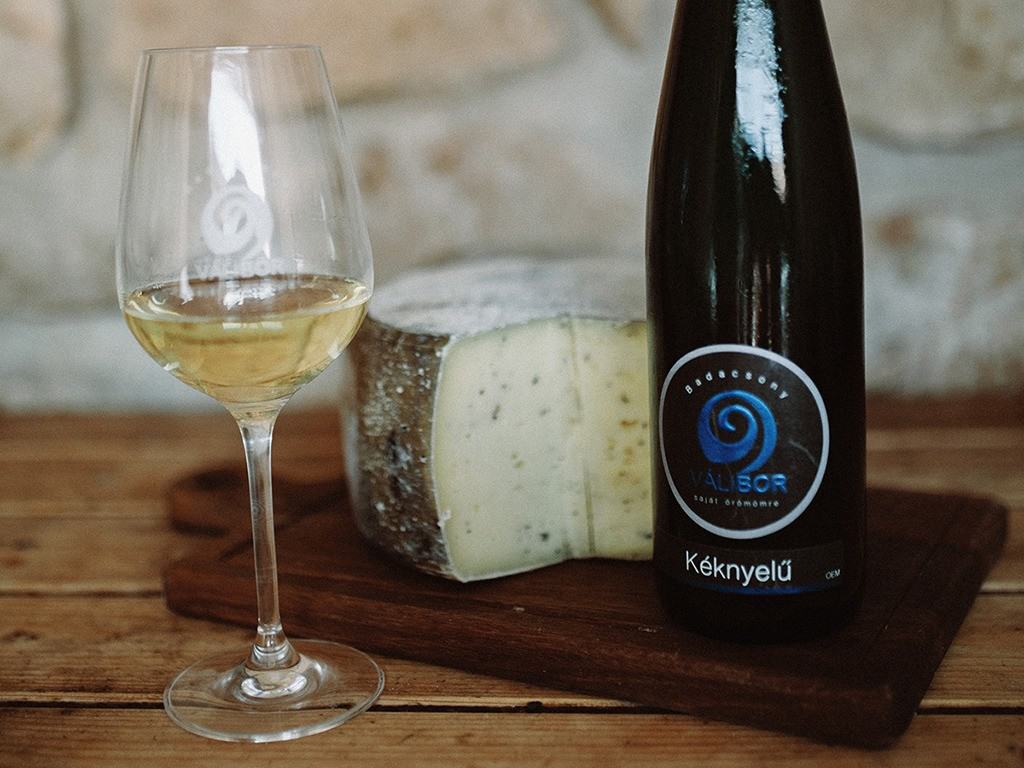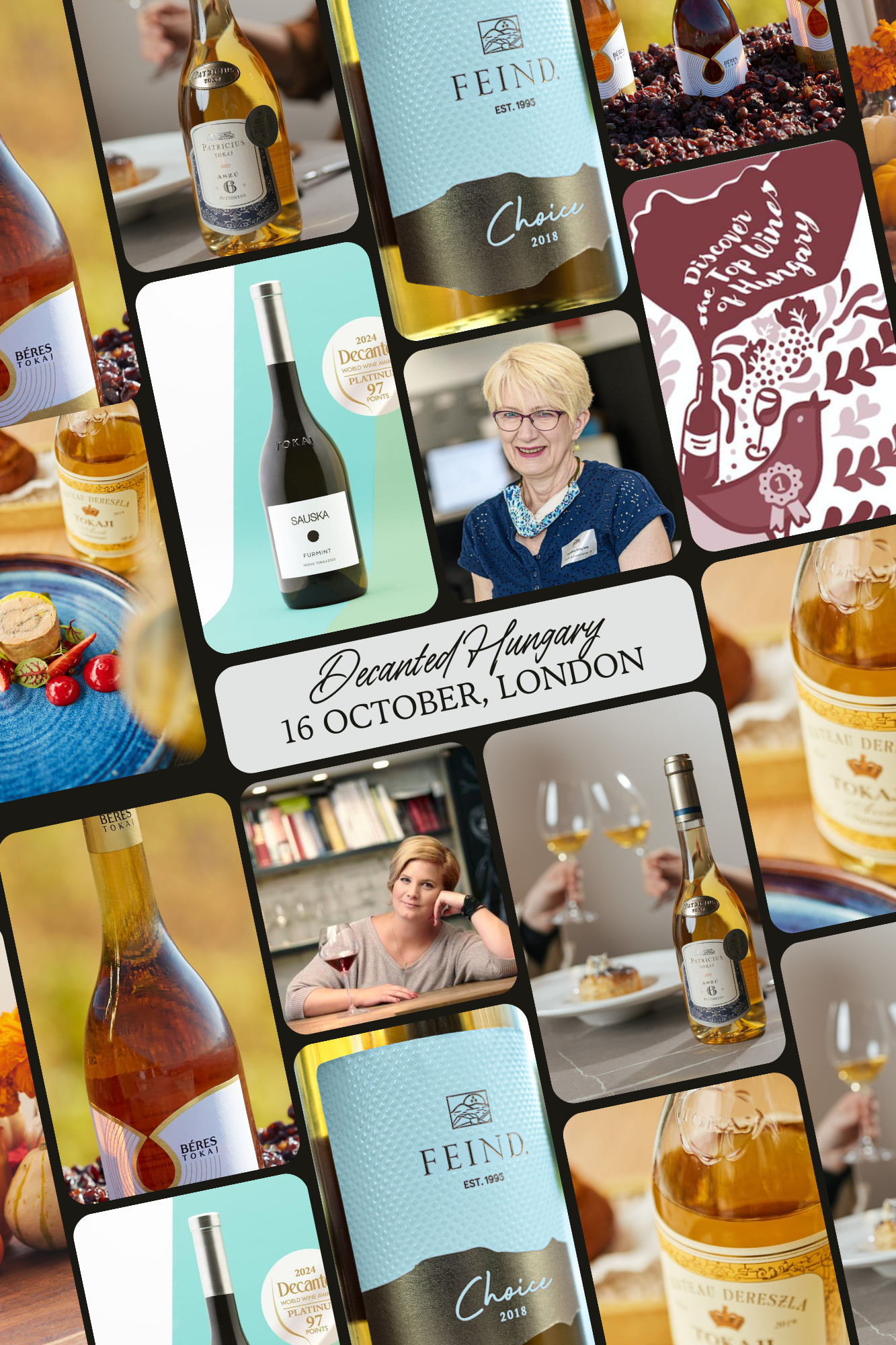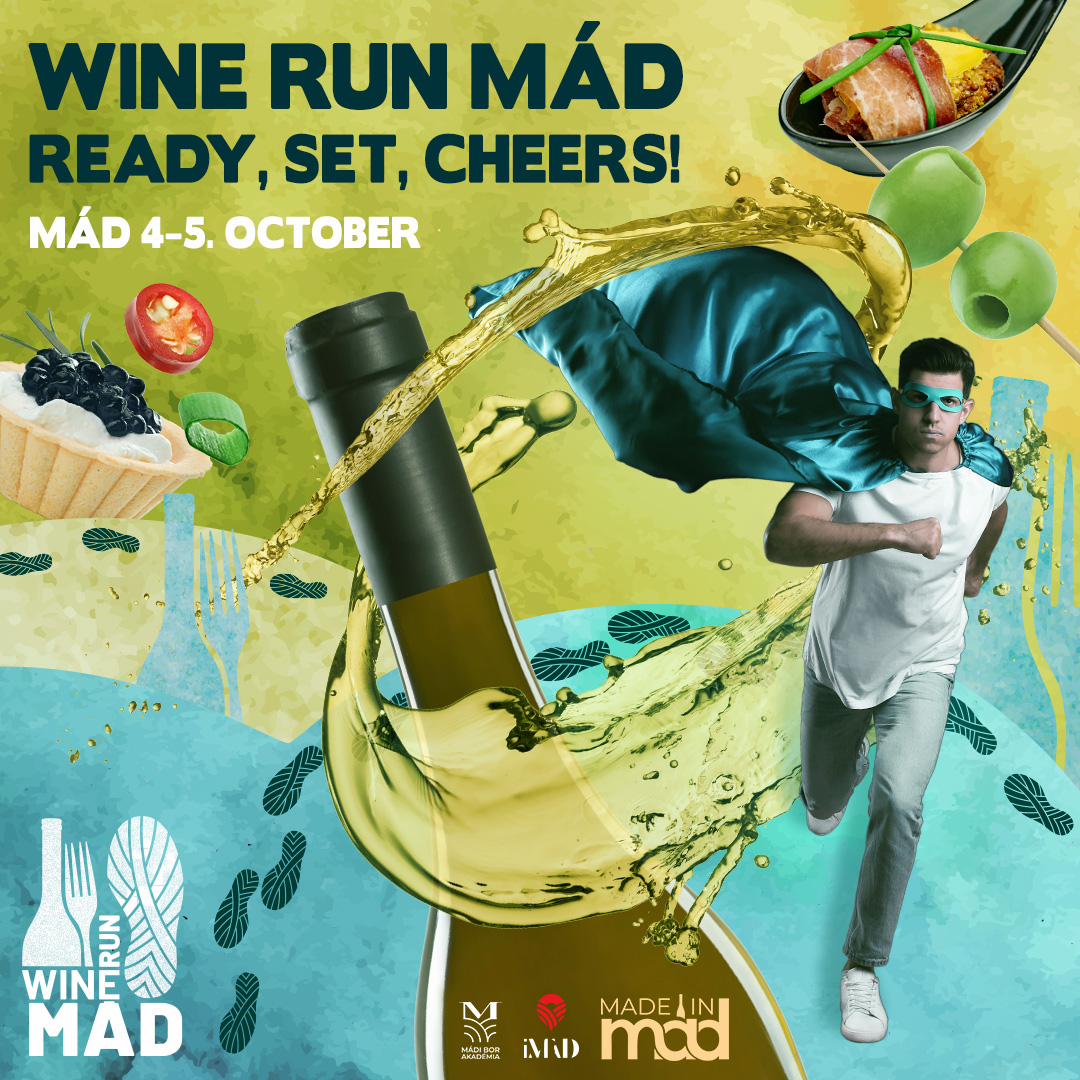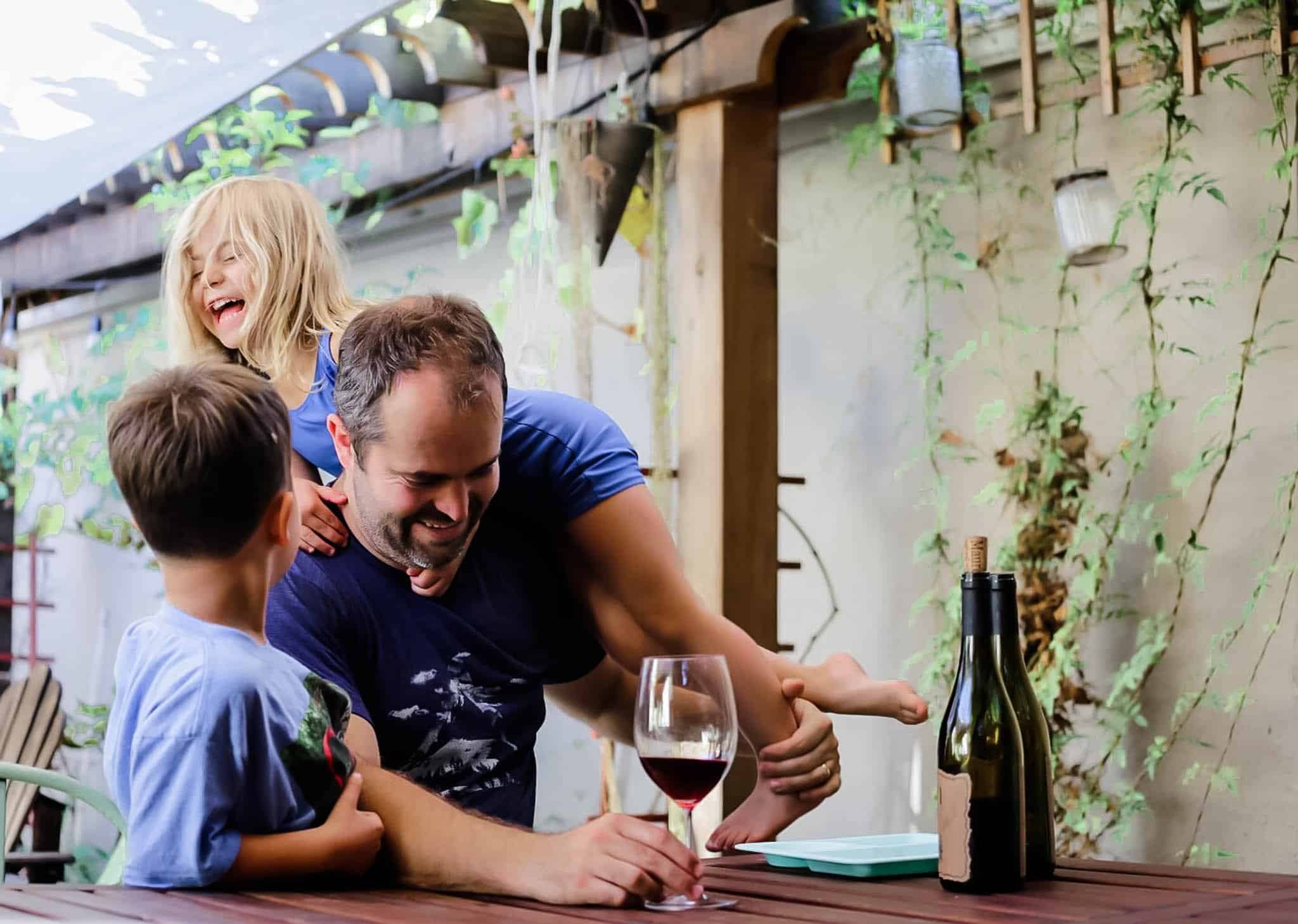
From the circus trapeze to wine importing (Importer of the Week)
Have you ever received a Danch & Granger newsletter? If you have, you know it, because those are the ones to remember. Fresh and unique style, heart warming stories of artisan winemakers, much more than the usual wine news. An interview with Eric Danch, co-owner of the company.
Danch & Granger Selections, USA
“Importer of Memorable Wines from the New Old World of Eastern and Central Europe”
www.danchandgranger.com
Wines from Austria, Bosnia Herzegovina, California, Croatia, Hungary, Serbia, Slovakia, Slovenia
Hungarian labels so far:
Somlói Apátsági Pince (Somló), Barta Cellar (Tokaj), Bodrog Borműhely (Tokaj), Bott Cellar (Tokaj), Zoltán Demeter (Tokaj), Fekete Cellar (Somló), Heimann Family Winery (Szekszárd), J&J Eger Winery (Eger), Káli Kövek (Balaton Uplands), Karner Winery (Mátra), Kikelet (Tokaj), Kolonics (Somló), Levente (Mátra), Losonci (Mátra), Patricius Winery (Tokaj), Pfneiszl (Sopron), Réka Koncz (Barabás), Stumpf Winery (Eger), Sziegl (Hajós–Baja), Samuel Tinon (Tokaj), Tokaj Nobilis (Tokaj),VáliBor (Badacsony), Wetzer (Sopron)
– Sorry to start with this, but I read that you used to work in a circus. It is quite peculiar, what did you exactly do?
– Fair question:) This was a 3-hour non-stop Vaudeville meets mini Cirque du Soleil show with a 5 course dinner and wine pairings called Teatro Zinzanni in San Francisco. While I was not swinging on the trapeze, I was in full costume/makeup, moving set pieces, dancing in various routines, and so on. I was also serving food and opening bottles of wine as part of the show – the line between service and entertainment was well blurred. Equally important, I became friends with many of the performers, many of whom were from Central and Eastern Europe. Post show, we would all hang out, eat, drink and tell stories. Think honey peppered Vodka paired with whole pickled tomatoes with an accordion playing Ukrainian juggler. Everything we consumed tasted better and felt better with these strong personalities, traditions, and stories accompanying them. And while acrobatic acuity is not crucial in selecting winemakers, the combination of finding strong characters, story, and a dedication to leaving behind a legacy to future generations certainly is. The circus world is incredibly family centric, whether by blood or not. The best parts of the wine world are no different.
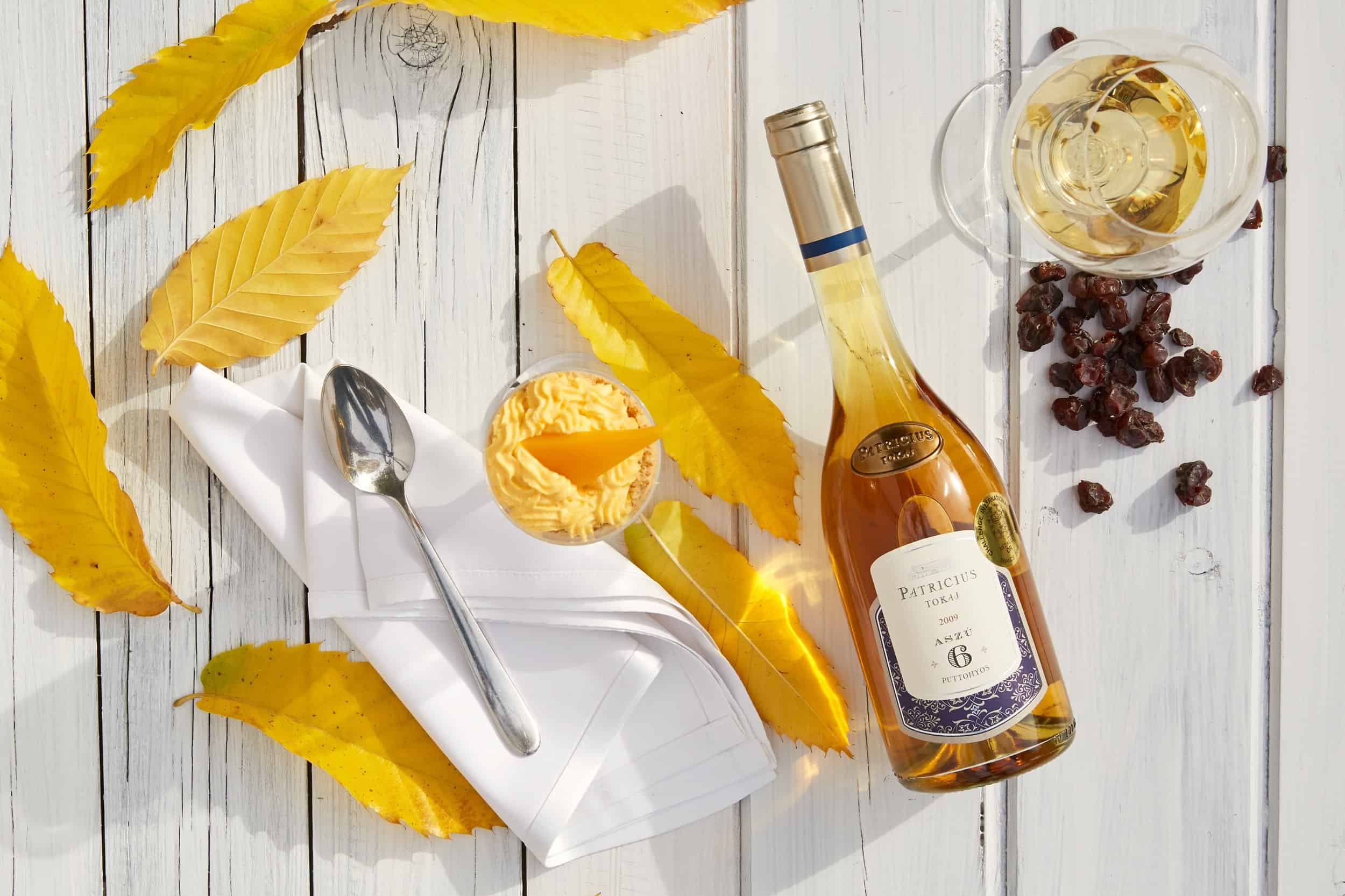
– You and your business partner, Catherine both were part of Blue Danube team, and on your website you say about your company ‘”The independent offspring of Blue Danube Wine Company, a pioneering importer of wines from Central and Eastern Europe”. Did it occur to you to go on with the same name? Or it was not an option?
– Correct and no. Frank and Zsuzsa, the owners of Blue Danube Wine Co. have an extremely strong emotional connection to that name. They put over 17 years into it that went well beyond a dollar amount. Catherine and I agreed and also wanted to create something that was still connected to that legacy, but also forging a new identity and path forward.
– What are the most important differences between Blue Danube and Danch and Granger wine selection?
– The biggest difference is that when Blue Danube started they were importing grapes and places to the US for the very first time to a market that had virtually no other references. And while we are still bringing in wines for the very first time as well, there is much more competition, more buyers are aware of this part of the world, and the diversity of wines and regions are increasing year after year. Blue Danube kicked open the door and found many of the first generations post Communism/Yugoslavia. Danch & Granger is now seeking out the 2nd and 3rd generations and of course the successful generational hand-offs. It’s a much different wine world in 2020 that it was in 2003, especially so in Central and Eastern Europe. I doubt that 20 years ago Hungarians would have imagined Pét-nats from Tokaj or skin contact Királyleányka from Barabás to name just a few.
– How have you been proceeding so far? Do you have a lot of clients? Do you sell in most states?
– We don’t have nor want a national distribution model. We only distribute to one state (Oregon) because we have a strong personal and professional relationship with the distributor. The vast majority of the wineries we work with don’t produce enough wine for national sales anyway. I also have three young children and don’t want that kind of travel itinerary anyway. Focusing on California (~39 million people) where we can forge all of the relationships ourselves is more meaningful. It should come as no surprise that no one needs to work with us to build a successful wine list. It’s far more work to drop the Sancerre by the glass for an Olaszrizling or drop a Pinot Noir for a Kadarka for instance. At the same time, this also thins out the herd for the kind of buyers I want to work with in the first place. I want to find people willing to take risks, follow their gut, and share these new people, stories, places and grapes with their clientele. I think people are even more eager post COVID to explore new things and escape a little in the process. It’s not about aggressively replacing wines like a Sancerre or a Pinot Noir, it’s the joy of being humbled by how endless the wine world is. I would argue that appreciating these “new” wines from Central and Eastern Europe also help remind us how special the wines we already know are.
– What is the biggest challenge in selling Hungarian wines?
– Where do I begin? I read an interview a while back with Hugh Johnson right before the first vintage of Royal Tokaji Company was to be released. They essentially had to set a new price to quality ratio for Aszú in a newly privatized wine landscape. In many ways, that’s still happening for many regions and styles today. What should a $25 dry Furmint taste like? What’s the difference between a $15 Juhfark and a $35 Juhfark? There are so few points of reference or widely accepted and known benchmarks in the market. Some Hungarian grapes lend themselves to being understood in relation to more well known grapes. Take Kadarka to someone who loves Gamay/Pinot Noir, a Hárslevelű to someone who adores Chenin Blanc, or a Dry Szamorodni to someone keen on Sherry or Vin Jaune for example. There’s some common ground, but still tons of distinction. This is harder when pitching a salty Kéknyelű or a skin macerated Kövidinka where the level of Hungaricum is off the charts. Having a diverse enough portfolio that can show both the small and big leaps is a major challenge while keeping the wineries we work with happy and paid. Price is of course also an issue. The global competition in concert with the domestic wineries in our market is extremely competitive. While perhaps deserving of the price, there’s an investment in order to break into the market and in many cases I have some wines I’m incredibly happy and humbled to have, but find difficult to sell based solely on price.
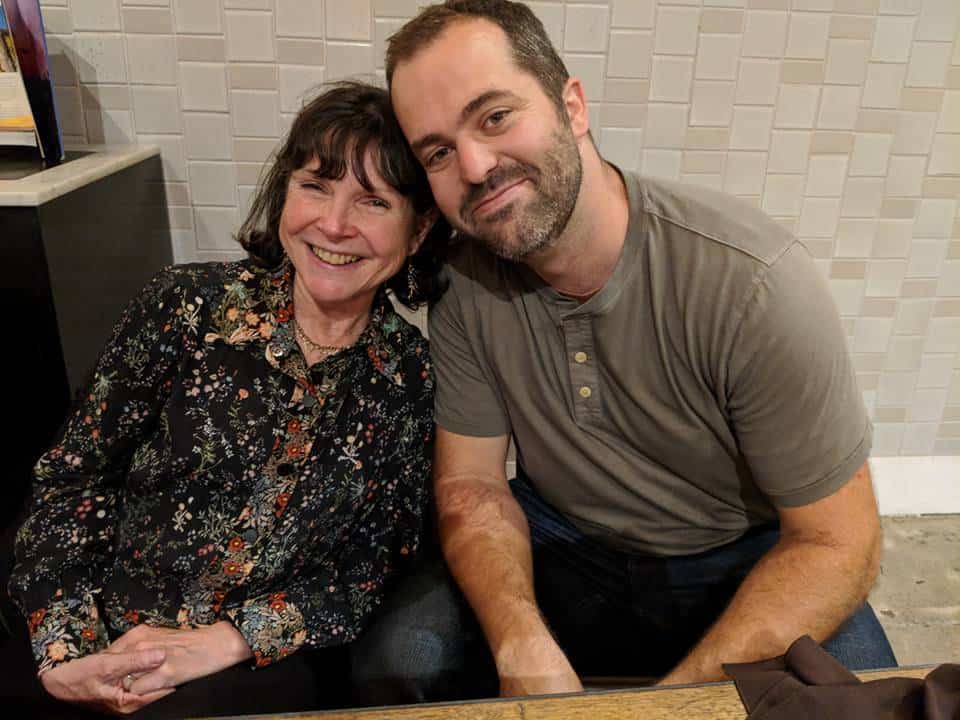
– What are the most popular products?
– The most popular wines are what I can pour by the glass or sell retail in the $20-$30 range. This is where people are both willing to explore and feel the quality (farming in particular) will be there as well. A good story of course helps, but especially if there’s something that jumps out rarely found in other wines. Perhaps it’s the salt in the volcanic wines, the aromatics of the cooler climate reds, botrytis, and so on. The idea of a quality table wine is also popular. Something indicative of the place, easy to drink, I can get in some quantity, and is affordable. We have a few liters, two from Austria and one from Slovenia that are staples in our portfolio. I’m still looking for the Hungarian version.
– How about Tokaji Aszú? Is it sought after or is it a mission impossible?
– 2019 was our best year ever selling sweet wines, Aszú in particular. It worked really well on pairing menus and we even got a few places to serve fresher styles of Aszú (minimal aging, not oxidative), Szamorodni (dry and sweet), and late harvest as aperitifs as opposed to being quarantined on the dessert wine page. They are amazing with charcuterie, fried foods and anything pungent. Sadly, restaurants and wine bars were the driving force so we are in a holding pattern until things change. It’s much harder to sell strictly via retail. They need food.
– Your newsletters are exciting and fun, I bet your clients like them. Is there anything else you do to educate your actual or potential clients?
– Thank you. I’ve enjoyed writing them more than usual since I can’t travel this year. The newsletters are at least a reminder of past travel. Pre COVID we were very event heavy. While we didn’t focus too much on expensive wine dinners, we did do a lot of educational classes, in store tastings, and small seminars (trade and consumer). Much like the newsletters, they are less about the fermentation regiment or racking schedule, but more about the place, history, farming, culture, the families, and what traveling there is like. With more time and resources, I would like to bring more and more of our clients to experience Hungary in person. That’s a major goal going forward.
